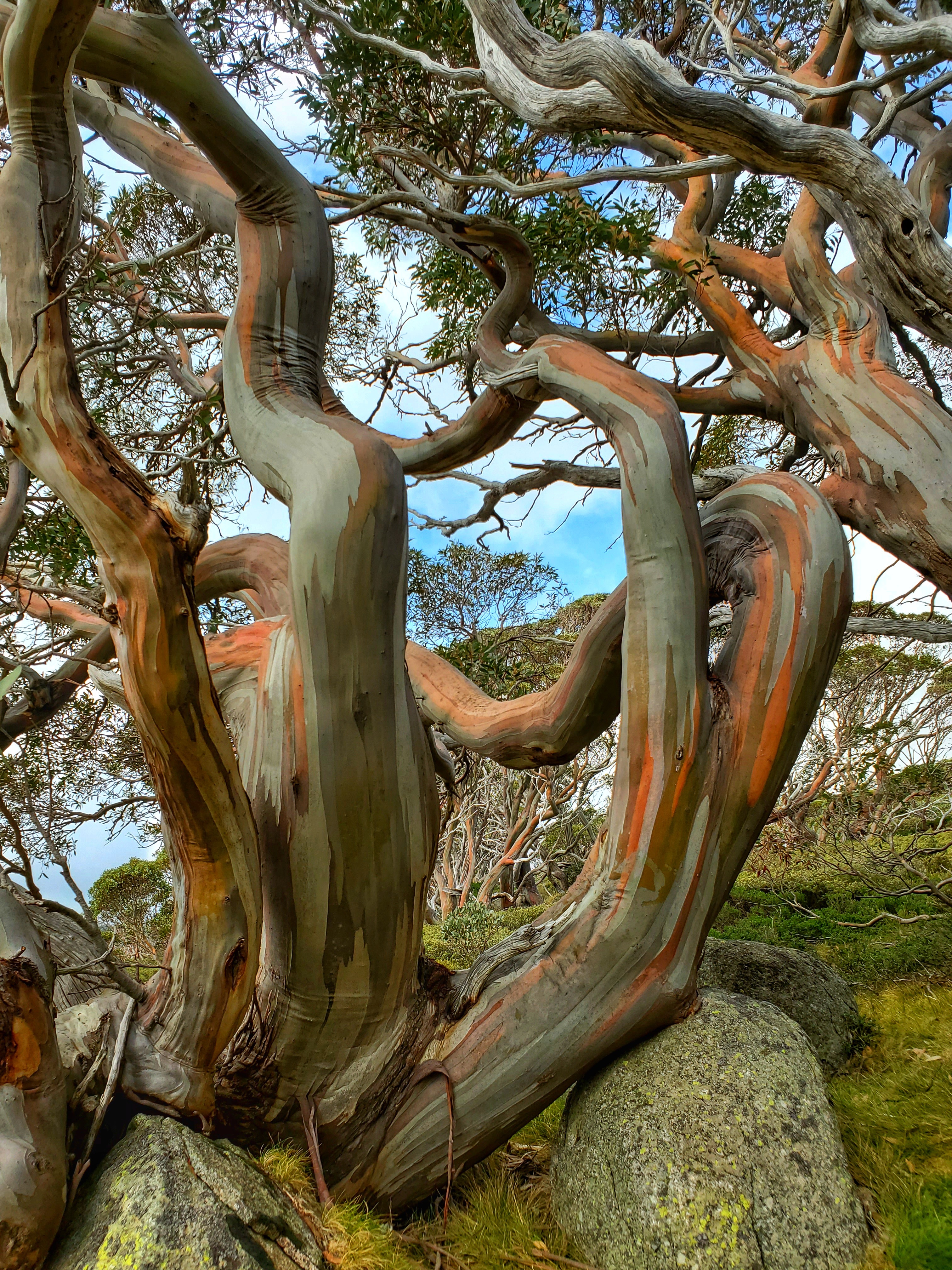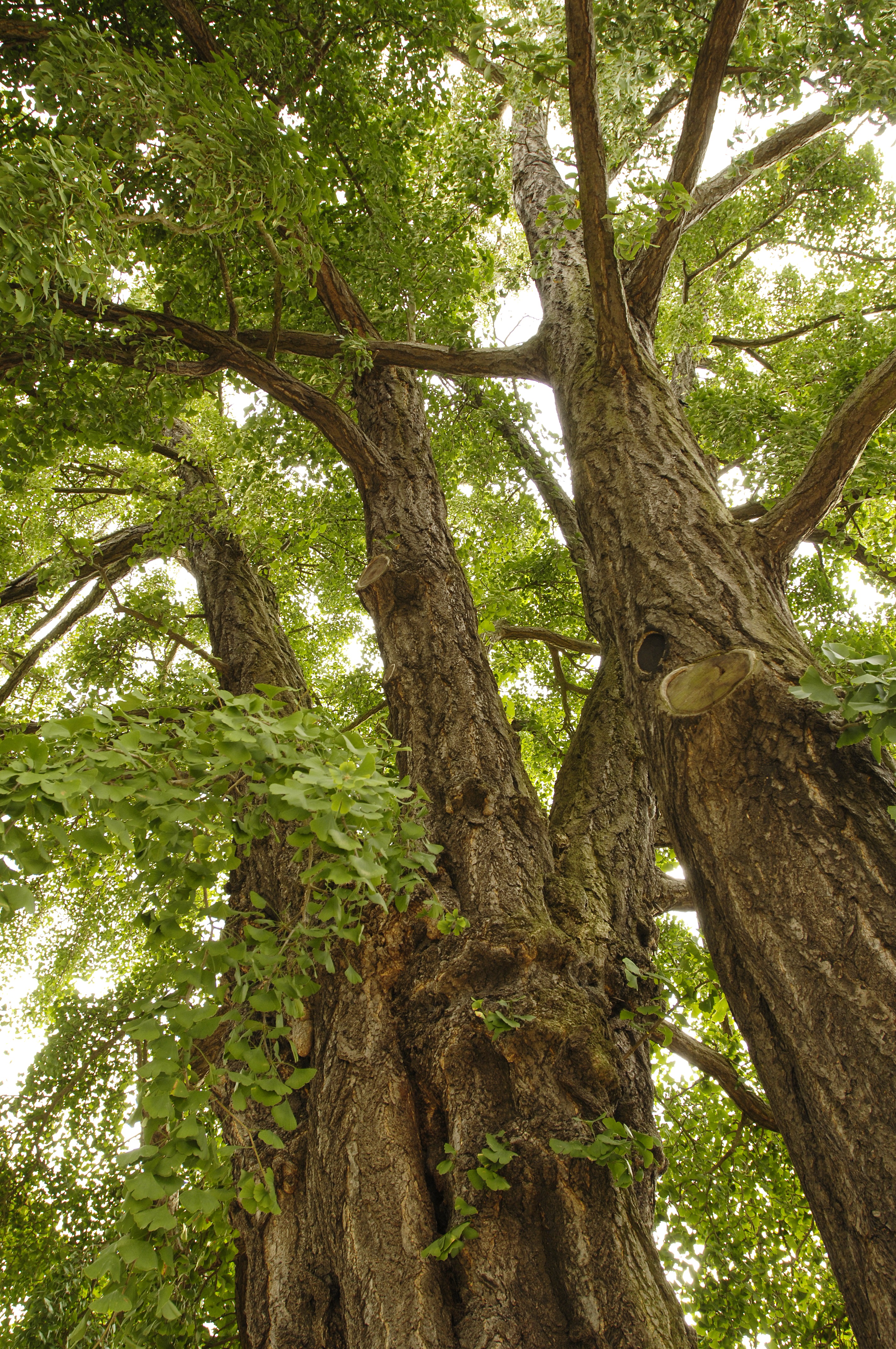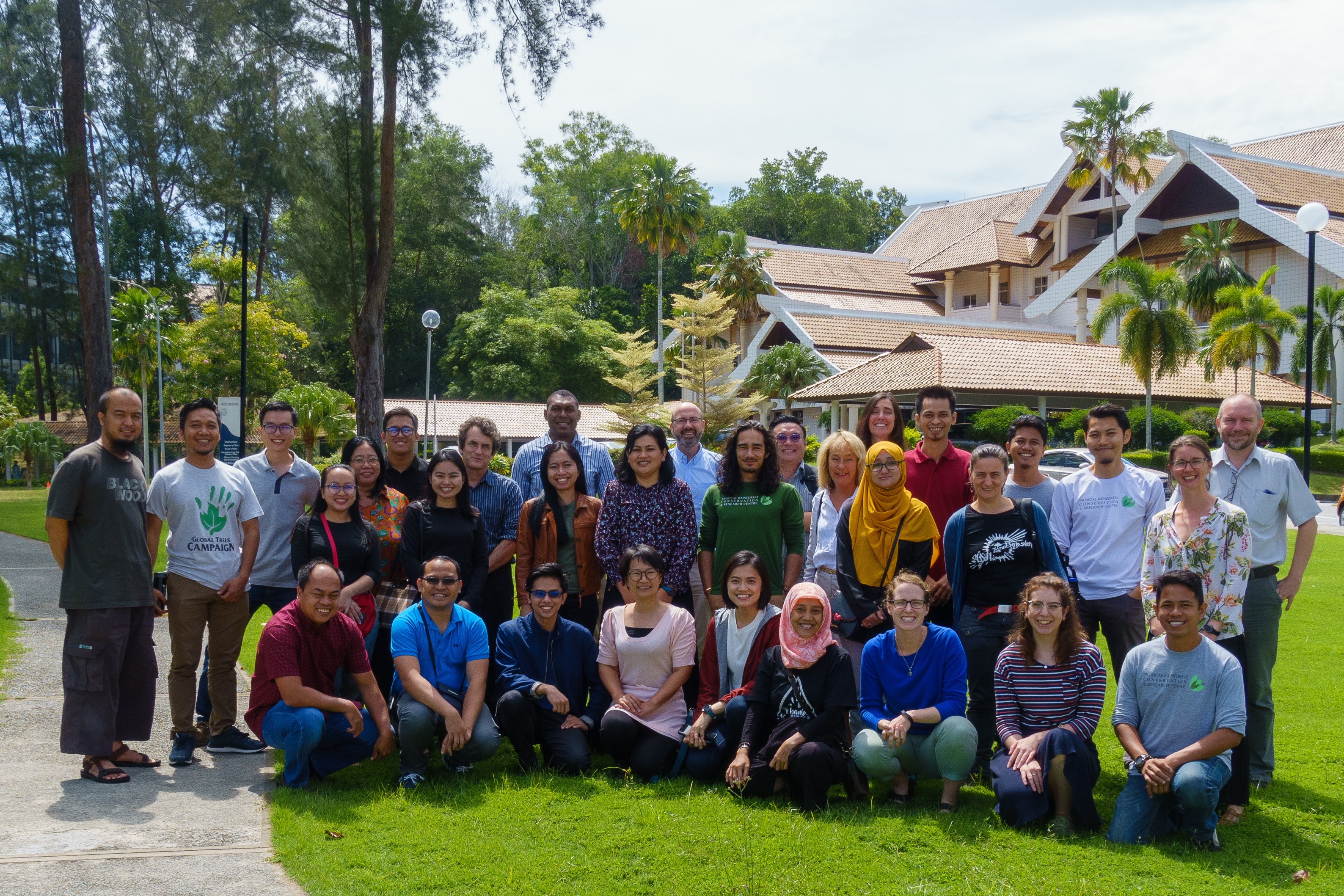Bumper year for tree assessments on the IUCN Red List
-
Region
Global -
Programme
Global Tree Assessment -
Workstream
Saving Plants -
Topic
Conservation Prioritisation -
Type
News -
Source
BGCI
Over a third of tree species now have a global extinction risk assessment available on the IUCN Red List of Threatened Species. In the latest IUCN Red List update (2019.3) over 3,000 assessment for trees were published, bringing the total number of tree assessments available on the IUCN Red List to 20,116. This is 34% of global tree diversity. This means that in 2019 over 8,000 assessments for trees have been published towards the Global Tree Assessment (GTA). This is five times the output of 2018.
Highlights in the latest update include assessments for all Eucalyptus species, the completion of assessments for all monotypic tree families and all Dipterocarpaceae endemic to Borneo.
Eucalypts assessed worldwide
All known eucalypt species worldwide have now been assessed, revealing that 25% are threatened with extinction. The IUCN Red List now includes 826 eucalypts, which comprise the genera Eucalyptus, Corymbia and Angophora. As the third largest tree genus in the world, this assessment of Eucalyptus and its relatives provides a major contribution to our global knowledge of trees.
Eucalypts occupy almost every habitat type in Australia, are culturally significant to First Nations People and are important for specialist animal feeders such as the Swift Parrot or the Koala, which rely on these trees for sustenance. Assessments for these iconic trees were completed in collaboration with Botanic Gardens Australia and New Zealand, the NESP Threatened Species Recovery Hub, and the Australian Government. Assessors used innovative methods to see how the Australian landscape has changed over time. They specifically studied the distribution of eucalypts over the past 210 years, prior to extensive clearance of eucalypts in 1810 following European colonisation. During this period, 134 eucalypt species have undergone major population declines of at least 30%, often in cropping districts and urban areas and are therefore considered threatened on the IUCN Red List. Many of these species are common and widespread, but have been overlooked in previous assessments due to apparent abundance. This includes Eucalyptus leucoxylon, native to Victoria and South Australia, which has declined by 40% due to land use change.

Mining (for gold or nickel) is a threat to some species, while others such as Eucalyptus molyneuxii (Little Desert Peppermint) are naturally rare with a restricted geographic range and small population size. This update specifically reveals that human use of land is currently the major threat to eucalypts, especially agriculture and urbanisation. Conservation of patches of remaining habitat and eucalypts in these heavily cleared landscapes is critical.
One of a kind trees
There are twelve monotypic tree families – families represented by a single genus and a single species (see table). These species are important taxonomically, and also in terms of phytogeography and phylogenetic studies. These species are particular of conservation interest as the extinction of these species, with no close relatives, would represent a disproportionate loss of unique evolutionary history, biodiversity and potential for future evolution. Conservation assessments for the twelve species found that six were not of conservation concern (classified as Least Concern) but six were classified as either threatened or as Near Threatened and require conservation action, including well-known favourite Ginkgo biloba.
| Family | Name | IUCN Red List Category |
| Aextoxicaceae | Aextoxicon punctatum | LEAST CONCERN |
| Amborellaceae | Amborella trichopoda | LEAST CONCERN |
| Aphloiaceae | Aphloia theiformis | LEAST CONCERN |
| Barbeyaceae | Barbeya oleoides | LEAST CONCERN |
| Curtisiaceae | Curtisia dentata | LEAST CONCERN |
| Eucommiaceae | Eucommia ulmoides | VULNERABLE |
| Ginkgoaceae | Ginkgo biloba | ENDANGERED |
| Gomortegaceae | Gomortega keule | ENDANGERED |
| Petenaeaceae | Petenaea cordata | ENDANGERED |
| Plocospermataceae | Plocosperma buxifolium | LEAST CONCERN |
| Sciadopityaceae | Sciadopitys verticillata | NEAR THREATENED |
| Ticodendraceae | Ticodendron incognitum | NEAR THREATENED |

Bornean Dipterocarps
Since 2015, BGCI have been prioritising species of Dipterocarpaceae for assessment due to their economic and ecological importance across the planet and in particular in Southeast Asia. There are 523 species of Dipterocarpaceae and to date 300 Dipterocarps have been assessed for GTA. Most recently, this includes the completion of assessments for all 158 species of Dipterocarpaceae endemic to Borneo. These assessments were completed over the course of a workshop hosted at the Universiti Brunei Darussalam, as part of the Flora Malesiana Symposium 11. Analysis of all Bornean endemic Dipterocarp (158 species) shows 60% are threatened in the wild, with 16 species assessed as Critically Endangered, 34 as Endangered and 46 as Vulnerable. The major threats to these trees being logging and conversion of land to transport corridors and agricultural space e.g. palm oil plantation.

Completion of Dipterocarpaceae assessments would not be possible without the commitment of our partners from Sabah Forestry Department, Sarawak Forestry, Forest Research Institute Malaysia, TRCRC, LIPI, Bogor Botanic Garden, Indonesian Forum for Threatened Trees, Fauna & Flora International (Indonesia programme), Papua New Guinea Forest Research Institute and the Energy Development Corporation BINHI program. These individuals and institutions not only review all our Dipterocarp assessment but complete assessments for their own endemic taxa for publication.
Become a Member
Be part of the largest network of botanic gardens and plant conservation experts in the world by joining BGCI today!
Support BGCI
You can support our plant conservation efforts by sponsoring membership for small botanic gardens, contributing to the Global Botanic Garden Fund, and more!